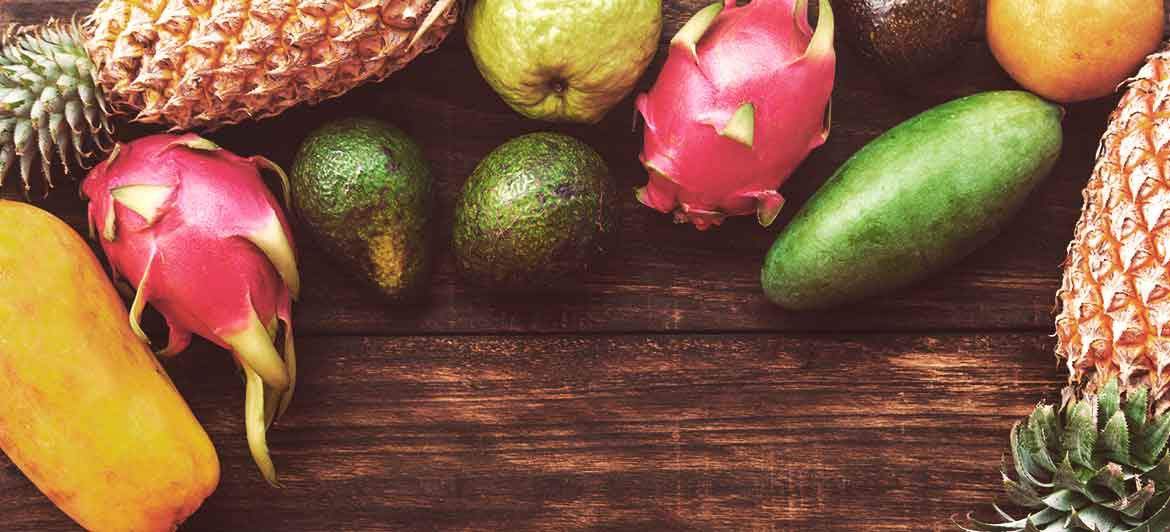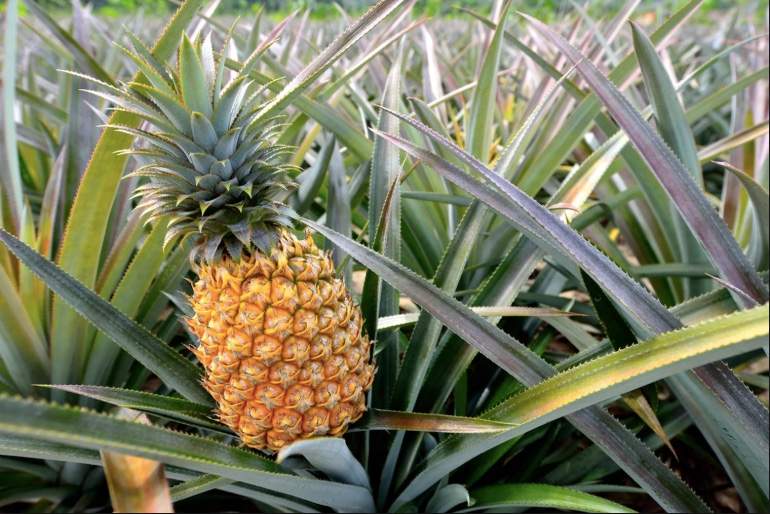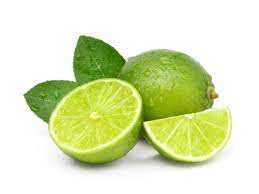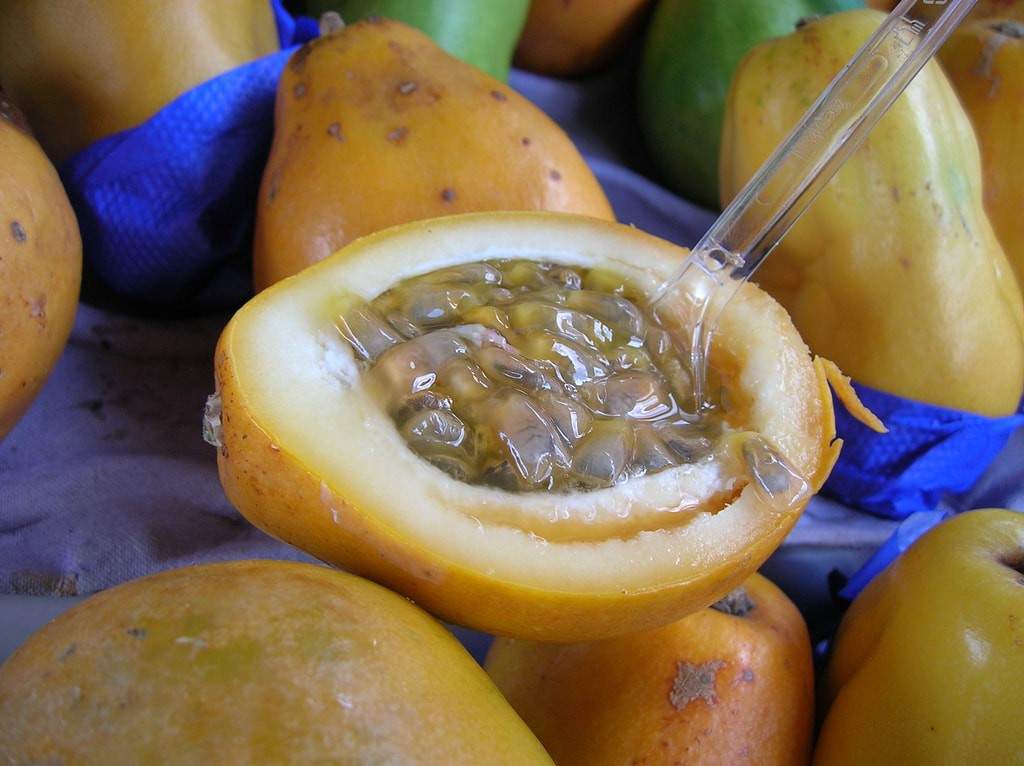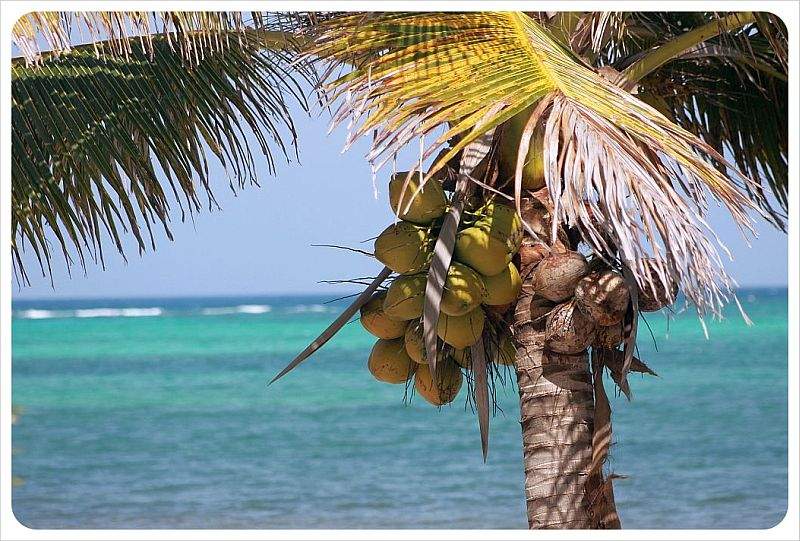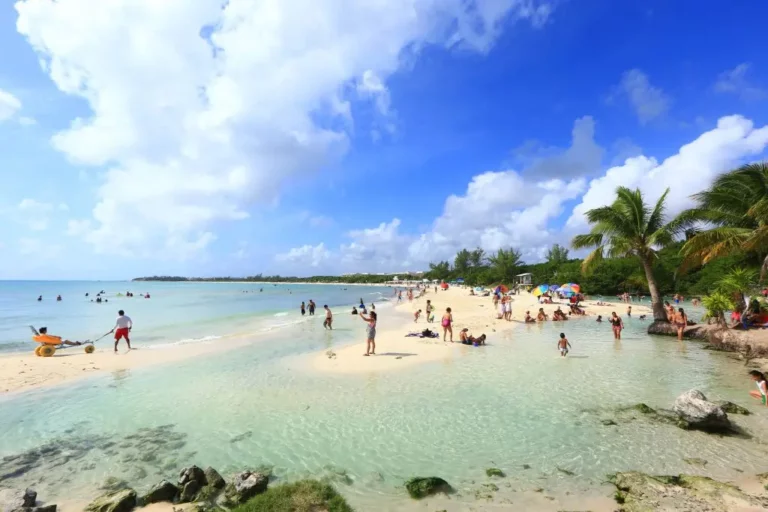Gardening in the Riviera Maya can be a delight. With its perfect combination of sandy soil and abundant rainfall, you can grow many fruits, vegetables, and herbs. Some trees are even native to parts of Mexico.
If you’re looking for a new hobby or want to save on groceries, growing food is a great option.
Let’s take a look at some edibles that are suitable for growing in this part of the world
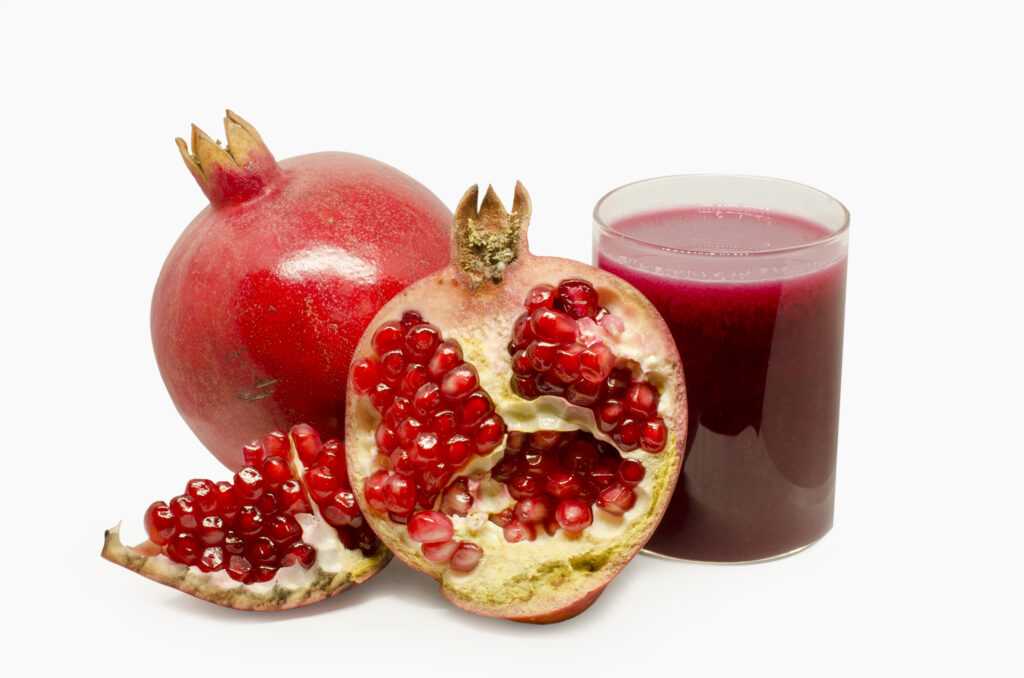
1. Pomegranate
Pomegranates are a delicious, healthy fruit that grows in the Riviera Maya. It’s also pretty easy to grow in your garden—or even on your patio!
You can purchase pomegranate seeds at any garden center in Playa del Carmen. Then follow these simple steps to get started:
- Plant the seeds by placing them into the ground and covering them with soil or sand. Make sure they’re not exposed to sunlight until they sprout green leaves, which should take around 3 weeks (depending on temperature and humidity).
- Once your tree has grown enough height from its roots, use scissors to trim back branches so it looks like you have a nice little tree! This is also a great time for pruning dead or weak branches so there aren’t any gaps where bugs could enter later down the line—and since pom trees have thorns along their branches’ edges, this step might be quite painful if done without care! So go ahead and make sure everything looks nice before continuing…
2. Pineapple
Pineapple is a fruit that grows on the tropical plant Bromelia. It’s probably one of the most recognizable fruits around, thanks to its sweet and juicy taste. Pineapples are packed with vitamin C, manganese, copper, vitamin B6 and other nutrients that are essential for your body to function properly.
The best part about growing pineapple at home? They’re easy! All you need is a ripe pineapple from the market (make sure it’s not moldy), then cut off both ends of your pineapple using a sharp knife and place it in water until new shoots emerge from each end—this process should take around three months before it begins producing fruit again. If you want faster results though (or if you don’t feel like waiting), just buy some starter plants instead!
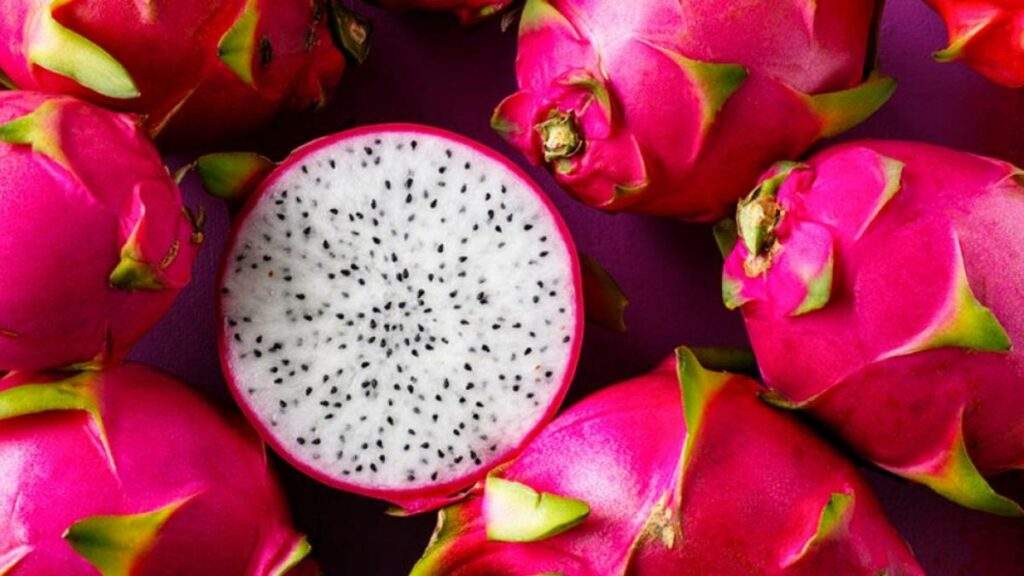
3. Pitaya
Pitaya, also known as dragon fruit, is a sweet and sour tropical fruit that hails from Mexico. It’s covered in black seeds that look like little eyeballs. The flesh is red and has a similar texture to kiwi. The taste of this exotic fruit is somewhere between watermelon and strawberry.
Pitaya contains high amounts of vitamin C—about 300% the daily value (DV) per 100 grams—and antioxidants like beta-carotene and lycopene, which help fight free radicals that cause cancer and aging skin damage. It’s also rich in fiber (7g/100g).
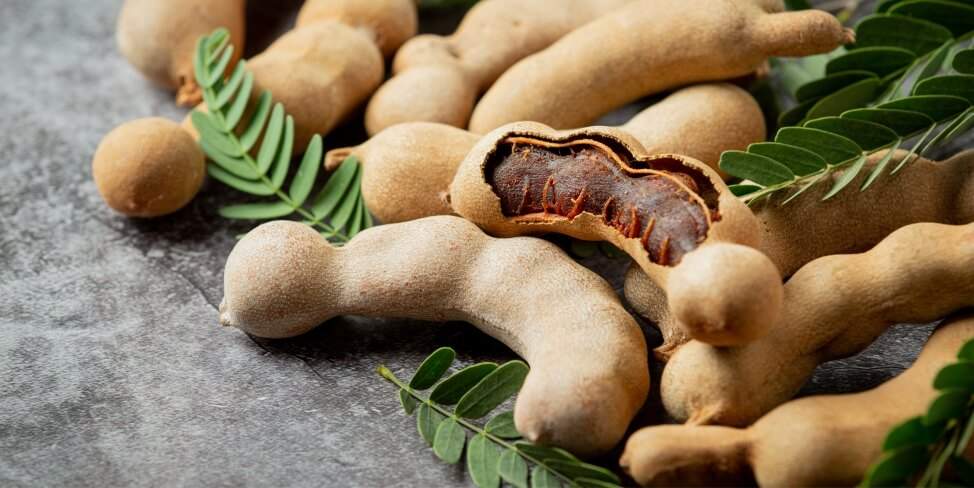
4. Tamarindo
Tamarindo is a popular fruit that grows on tamarind trees. It’s actually not a true berry and has more in common with the pod of the peanut plant. The pulp inside this fruit is used to make chutneys, sauces, and jams. Tamarindo has been used for thousands of years as medicine for things like indigestion, fevers, colds, vomiting and diarrhea. In fact, it was once known as “the date of Arabia” because it was a staple food for Arabs during their travels across Africa and Asia!
The tree itself can grow up to 30 feet tall with leaves that are roughly 6 inches long by 4 inches wide (15 x 10 cm). Its flowers have five white petals each which give rise to fruits that range from greenish-white when they first appear until they ripen into bright red pods around 2 inches (5 cm) long by ¾ inch (2 cm) wide. These pods contain seeds covered with white powder known as aril or arils; you’ll see these if you’ve ever eaten tamarindo gummi bears!
5. Lime
Limes are an evergreen tree. They can grow up to 15 feet tall and have dark green leaves that grow in clusters. Limes are native to Southeast Asia, and they’re grown in pots or the ground, depending on how much space you have available. If you have a garden with plenty of room, this is a great fruit tree for growing at home. Because limes are evergreen trees with large leaves, they’ll keep your kitchen cool by producing shade during the hot days of summer.
Limes can be eaten fresh or used as ingredients in recipes like salsa verde or fish tacos (check out our own recipe here). They’re also good sources of vitamin C—so if your immune system is feeling weak after winter’s colds and flu bugs, then having some limes on hand might be just what the doctor ordered!
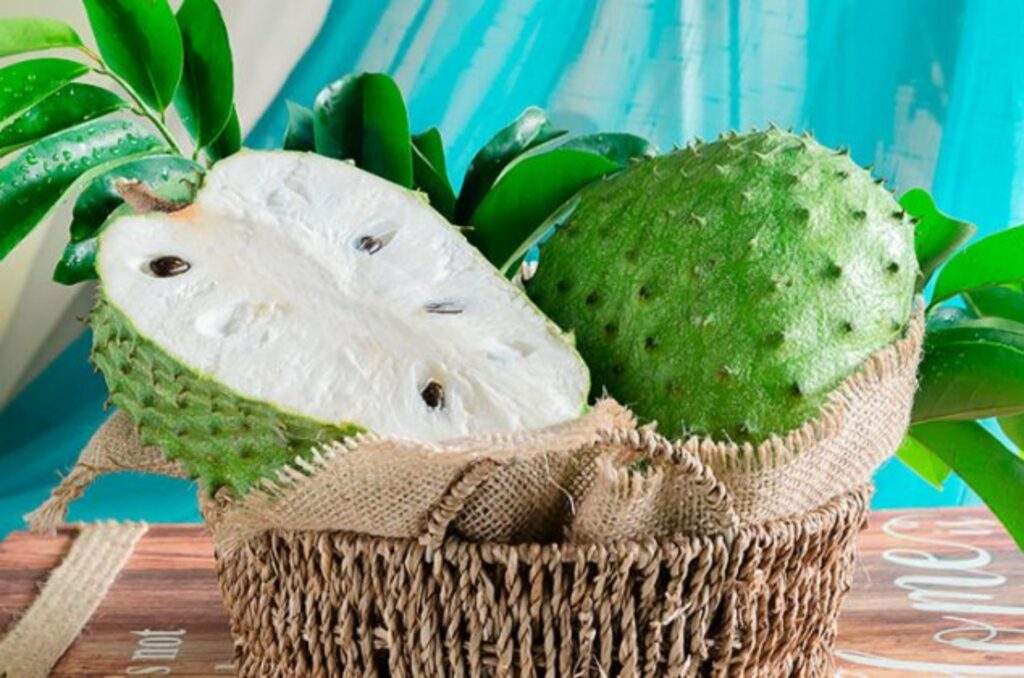
6. Guanabana
Guanabana is a fruit that is popular in Mexico and Central America. It can also be found throughout Southeast Asia, the Caribbean, Africa and Brazil. The guanabana tree is a member of the Annonaceae family, with its scientific name being Annona muricata.
The guanabana fruit itself has been described as having sweet flesh with an acidic taste similar to lemons or limes. This makes it perfect for adding to smoothies, juices or sauces like salsa!
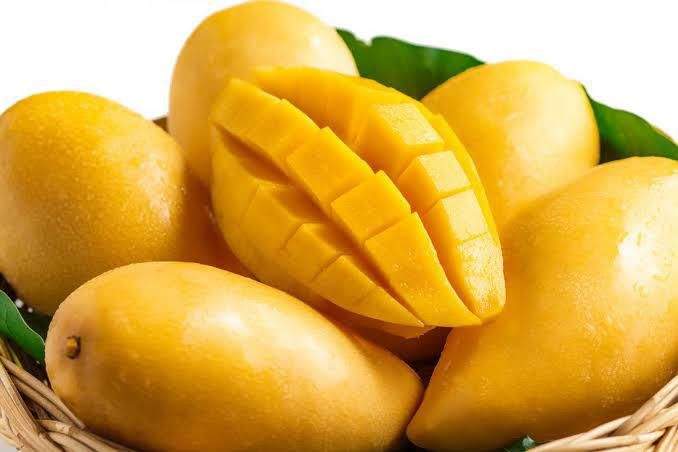
7. Mango
Mangos are easy to grow, but they need a lot of water. They’re also a good source of vitamin C and fiber, making them an excellent choice for your garden.
To grow mangoes in your garden:
- Choose an area where you can get at least eight hours of sun per day.
- Plant the tree in rich soil that drains well and give it plenty of room to spread out. You may want to plant two trees together so they can support each other as they grow older and heavier.
- Water regularly during dry spells (once or twice per week). Make sure not to overwater—too much moisture will cause root rot and possibly kill your fruit tree!
8. Passion Fruit
Passion fruit is a tropical fruit that is very sweet and acidic. It can be eaten fresh, used to make juice, or used as a flavor for other dishes. Passion fruit seeds are also edible. The passion fruit vine produces fragrant flowers and clusters of purple or yellowish-white fruits that contain many tiny seeds surrounded by soft insides with a tart-sweet flavor.
The passion fruit contains lots of vitamins A and C which help keep your immune system strong; it also has antioxidants that help fight free radicals (unstable molecules that damage cells).
9. Ciritote
Ciritote is a fruit that grows on the sapodilla tree, which thrives in tropical climates. It has a smooth skin and tastes like a mix between banana and pear. It provides many nutrients including vitamin C, iron, calcium and potassium. You can eat it raw or cook it with other foods. The seeds are used as medicine to cure coughs, stomach aches and diarrhea.
You can grow your own ciritote tree by planting one seed in fertile soil once it has been soaked overnight in water. Keep the soil moist but not wet at all times until you see growth on your plant; then water lightly every few days until harvest time comes around (about six months). Harvest the fruit when it’s ripe by cutting off branches near their base then placing them into bags before storing them at room temperature for up to two weeks so they don’t spoil too quickly due to heat exposure during transportation back home!
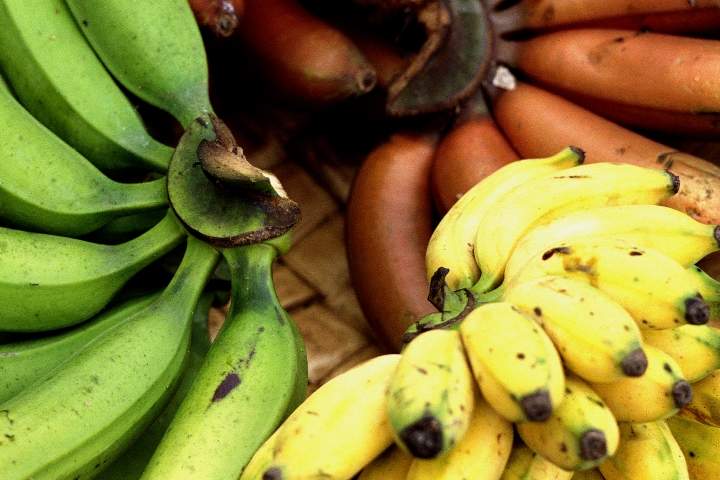
10. Bananas
Bananas are a popular fruit, and rightfully so. They are easy to grow, require little maintenance and can be cultivated in containers as well.
Banana plants are herbaceous perennials that prefer warm climates with plenty of sun. They grow best where the temperature ranges between 75-95 degrees F (24-35 degrees C). The plant produces an edible fruit that’s high in potassium and vitamin B6, plus fiber and vitamins A and C.
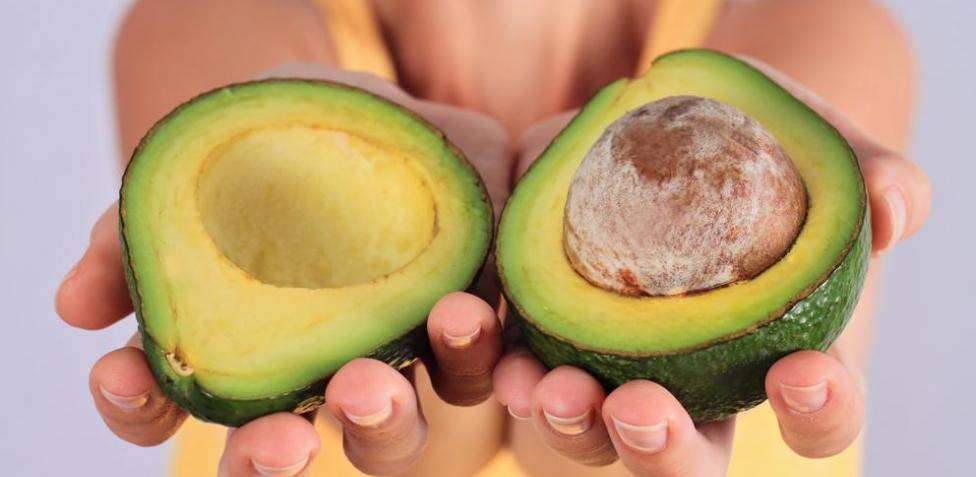
11. Aguacate Silvestre
Aguacate silvestre is a fruit that is native to Mexico. It’s a small green fruit with a brownish-yellow skin and high in antioxidants, vitamins A and C.
How to grow Avocado
Avocados are nutrient-dense foods that can be grown easily at home if you have the right climate conditions. They require warm weather conditions of around 75 degrees during the day and 60 degrees at night during their growing season (spring through fall).
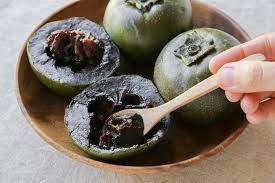
12. Sapote Negro
The sapote negro is a fruit that, like its name suggests, grows on a tree. It’s the fruit of the sapodilla tree and is native to Mexico. Sapotes are commonly eaten in Mexico and their flavor will remind you of dates or figs. If you’re already growing sapotes in your garden, chances are good that they’re either a type of mamey sapote or zapote Negro (sometimes spelled zapota).
The trees can grow up to 30 feet tall but require at least five years before producing fruit. The best time for harvesting is spring through summer when temperatures aren’t too hot for them to bear fruit comfortably.
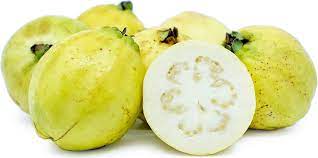
13. Guava
Guava is a tropical fruit that is native to Mexico and Central America. It’s also grown in South America, Southeast Asia and some parts of Africa. Growing guavas in your Riviera Maya garden can be easy if you know how to care for them properly.
Guavas are very high in vitamin C, which makes them great for preventing colds and other respiratory infections. They’re also high in vitamin A (which helps protect you from eye disease), vitamin E (a powerful antioxidant) and potassium (which regulates blood pressure). Guava fruits are also rich in fiber, which means they’ll keep you feeling fuller longer than other types of fruit while helping prevent constipation at the same time!
Growing guavas is fairly simple: just plant seeds directly into soil once spring arrives or purchase seedlings from your local nursery when they become available during the summer months by bordering each one with river rock so it doesn’t get damaged by animals trying to knock down ripe fruit hanging overhead.”
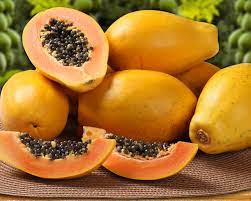
14. Papaya
Papaya is a tropical fruit that’s so easy to grow in the Riviera Maya, you’ll want to make sure you have room for it.
Papayas are members of the Carica family and they’re native to Mexico, Central America and southern Florida. The papaya seedlings will bear fruit within two years if they’re planted on rich soil. If you live in a warmer climate, your papayas may bear fruit as early as six months after being planted!
The papaya plant produces an abundance of flowers that turn into small green fruits with orange fleshy pulp inside. Papayas are known for their high vitamin C content but also contain vitamins A and B6 as well as potassium!
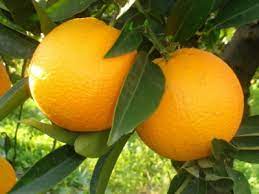
15. Orange
Orange is a fruit that you can grow at home in your garden. Orange is a citrus fruit and a close relative of the grapefruit. In fact, it’s sometimes called “the king of fruits” because of its beautiful color, delicious taste, and health benefits. Oranges are high in Vitamin C; they also contain antioxidants that are thought to reduce the risk of cancer and heart disease by controlling cholesterol levels and preventing plaque buildup in arteries.
Orange trees require plenty of sunshine so position them where they will receive at least six hours per day but no more than eight hours per day (though it really depends on what type of orange tree you have). They need well-drained soil with plenty of organic mulch around their root zone; make sure there’s good drainage under any irrigation system as well.
For growing oranges indoors: You can grow an orange tree indoors if you live somewhere too cold for outside planting such as Alaska or Canada; however, this isn’t recommended because indoor-grown trees will take up much more space than ones grown outdoors would require! If possible try finding one already started from someone else who has had good luck with theirs – otherwise start small (like maybe get two instead); with this method eventually one may die off naturally before being replaced completely by its offspring.”
16. Coconut Palm
The coconut palm is a tropical tree that produces coconuts. This tree grows in the Riviera Maya, and if you’re lucky enough to live there too, you might want to try growing one yourself! To do so, follow these steps:
- Purchase a coconut palm from your local gardening center or nursery (not at a grocery store). You can also order one online if they aren’t available locally.
- Plant it in full sunlight and sandy soil as soon as possible after purchase to give it time to get established before winter arrives in November or December—this may require some extra care on your part because coconuts are sensitive plants that need plenty of water during this time period due to their high transpiration rate (the amount of water lost through evaporation from leaves). If possible, choose an area where other trees already exist so that they can provide shade during the hottest months when direct sunlight would otherwise cause damage!
You can grow fruit at your home in Riviera Maya.
One of the advantages to owning your own home is having the ability to have your own garden here in Riviera Maya Mexico.
Growing fruit trees is a great way to add value to your home in Tulum, Playa del Carmen and Riviera Maya Mexico.
If you are thinking about buying a home or condo in the Riviera Maya and Yucatan Peninsula, then why not consider planting some fruit trees? You can grow fruit at your home in Riviera Maya.
Conclusion
A surprising number of fruits native to Mexico can be grown right in the Riviera Maya! The tropical climate means that you’ll have bountiful harvests, but it also means that there are some extra precautions to take. Remember: try growing your fruits in containers if you’re a beginner or aren’t sure how they’ll grow in your current garden (or lack thereof). This will prevent them from taking over and allow you to control the water, soil, and nutrients they receive. You can also talk to other local growers about their experiences with these plants. When it comes down to it, though, gardening is still a game of chance—you won’t know until you try!

